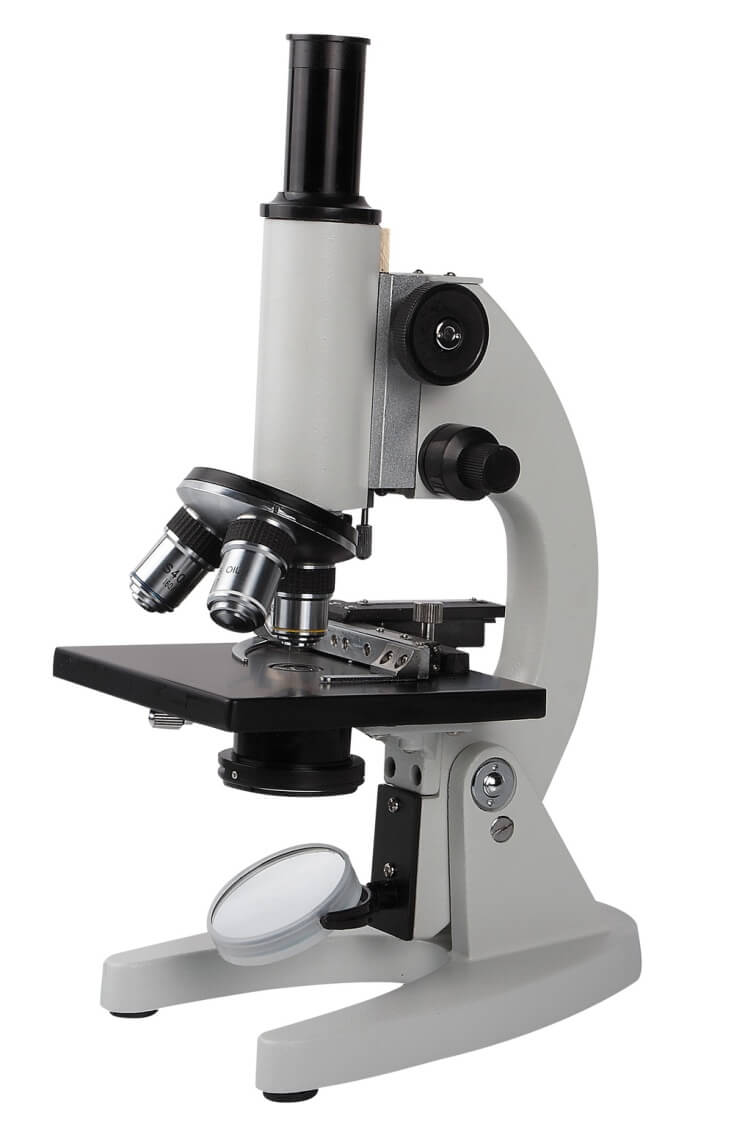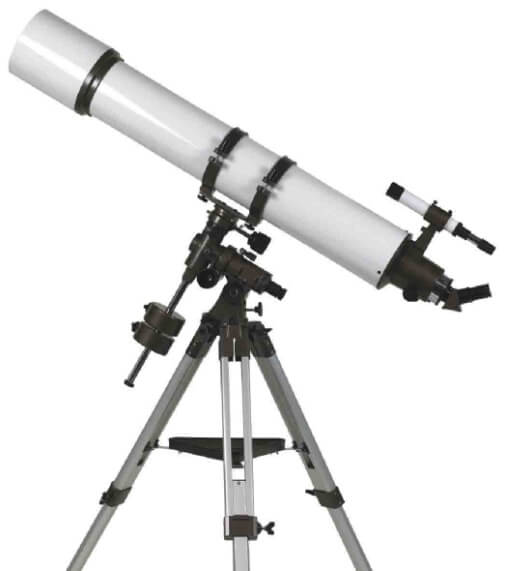The optical instruments are the devices which help us in seeing objects. The most common examples of optical instruments are our eyes, microscope, and telescope. These instruments contain lenses and form images by refraction of light through lenses. In this chapter we will study the construction and working of the following optical instruments.
1. The human eye
2. Microscope
3. Telescope



Important Definitions Related With Eye
Range of Vision of a Normal Human Eye
The range of vision of a normal human eye is from infinity of about 25 cm.
Near Point of human eye
Near point of human eye is the nearest point from an eye up to which the eye can see objects clearly. The near point of human eye is 15 cm.
Far Point of human eye
Far point of human eye is the farthest point from an eye up to which the eye can see objects clearly. The far point of human eye is infinity.
Least Distance of Distinct Vision
Least Distance of Distinct Vision is that minimum distance at which when an object is placed, the eye can see it clearly.
The least distance of distinct vision of human eye is 25 cm.
Persistence of Vision
When the image of an object is formed at the retina of eye then the eye continues to see the image for sometime even after the removal of object. This ability of human eye is called persistence of vision. In fact, the image of an object persists for 1/16th part of a second on the retina of the eye.
The principle of persistence of vision is used in cinematography where the still pictures taken by a movie camera are projected on the screen at the rate of 24 pictures per second.
Test Your Understanding and Answer These Questions:
- Define optical instruments. Give examples.
- Give an example of natural optical instrument.
- Define far point of human eye.
- Define near point of human eye.
- Define range of vision of human eye.
- Define least distance of distinct vision.
- What do you meant by accommodation in human eye?
- What do you meant by persistence of vision?
